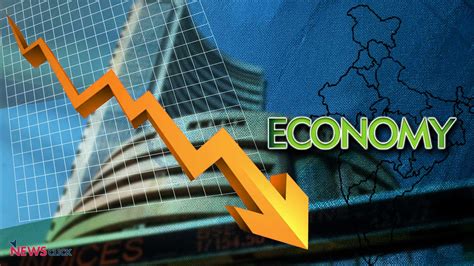by Zachary Halaschak, Economics Reporter
Two major banks have revised their near-term projections for U.S. economic growth following the late-summer rise in COVID-19 cases, hospitalizations, and deaths.
After weeks of declining cases of COVID-19 and promising economic news, the delta variant of the virus has pushed the contagion back into the spotlight and is starting to cause economists to revise their expectations of economic growth this year.
This week, Goldman Sachs revised down its GDP forecast for 2021 from 6.2% to 5.7%. It was the investment bank’s second revision in the past month after it significantly pared down its growth expectations for the third quarter, which runs from July through September. Goldman said there is a “harder path” ahead for consumers than initially anticipated.
“The hurdle for strong consumption growth going forward appears much higher: he Delta variant is already weighing on Q3 growth, and fading fiscal stimulus and a slower service-sector recovery will both be headwinds in the medium term,” said Goldman economist Ronnie Walker.
This week, Goldman also slightly revised up its unemployment rate projection for the end of the year from 4.1% to 4.2%.
The revision comes after the release of the August jobs report, which fell well below expectations . The economy added just 235,000 new jobs last month, far fewer than the 750,000 that were expected. Despite the meager gains, the overall unemployment rate dropped slightly from 5.4% to 5.2%.
Wells Fargo economists also revised their firm’s estimates going into the waning months of the year. On Tuesday, Wells Fargo revised down its third-quarter GDP estimate by 2.25 percentage points to 4.6% and cut its fourth-quarter projections slightly to 5.7%. Still, Wells Fargo foresees the U.S. moving past the delta variant and slightly upped its growth forecasts for 2022.
In its Tuesday revision, Wells Fargo noted the surging number of COVID-19 cases.
The delta variant first began taking hold in the U.S. back in July. At their lowest point this year, average daily infections were hovering above 10,000 nationwide. Now, infections are averaging about 150,000 per day, with deaths up more than 30% from two weeks ago.
Wells Fargo highlighted crumbling consumer sentiment in explaining its newest revisions. Overall consumer sentiment plummeted to the lowest level in a decade last month, according to the University of Michigan index.
Despite the downward pressure being exerted on the economy because of the delta variant, analysts at Wells Fargo noted in their report that because states are resisting the imposition of the sort of new restrictions that shut down the economy last year, and consumers seem to be going about their daily routines, “Significant retrenchment in consumer spending does not appear likely unless the new case count shoots markedly higher from its current level.”
Economists at Goldman Sachs also struck a positive note about the future of the U.S. economy outside of their near-term downward revisions.
Goldman believes that the U.S. will see an uptick in GDP growth next year that will partially make up for this year’s downward revision. They forecast U.S. GDP growth will be at 4.6% compared to their previous estimate of 4.3%.
Walker points to two factors why the lagging growth isn’t expected to get worse or last longer.
“First, our best guess based on the experiences of some European countries and the recent decline in domestic positivity rates is that US virus cases will start falling later this month,” he said.
Walker also said that people have adapted their spending habits, and because of widespread vaccinations, there is less likelihood of new government restrictions that would create a burden on the economy.
At the same time, as the country is attempting to recover, it has also been shackled with higher-than-anticipated inflation .
While prices have been on the rise, many economists believe that they will cool off in the coming months and have bucked the notion of a stagflationary environment, that is, where the U.S. has low growth and high inflation.
Sections of the labor market that are most affected by the delta variant, such as food services and childcare, all retreated a little bit in August, which suggests demand has pulled back, Nick Bunker, who leads North American economic research at the Indeed Hiring Lab, told the Washington Examiner during an interview.
If the pullback continues and cases increase, it would run counter to the stagflation narrative because demand would go down and inflation would decrease.
Read More From The PatriotAmerican
“It’s low growth, but you wouldn’t get the stagflation phenomenon where growth is slow and inflation is high,” he said.
Likewise, Greg Daco, chief U.S. economist at Oxford Economics, told the Washington Examiner that he predicts inflation will settle down in the coming months but said there might be a bit of stickiness involved.


Hell it’s not the virus, it’s the leadership in D.C. that’s the problem. The policies that they are pushing is causing our nation to stagnate and our dollar to lose value. Then congress is trying to pass a 5 trillion plus spending bill that will make matters even worst.